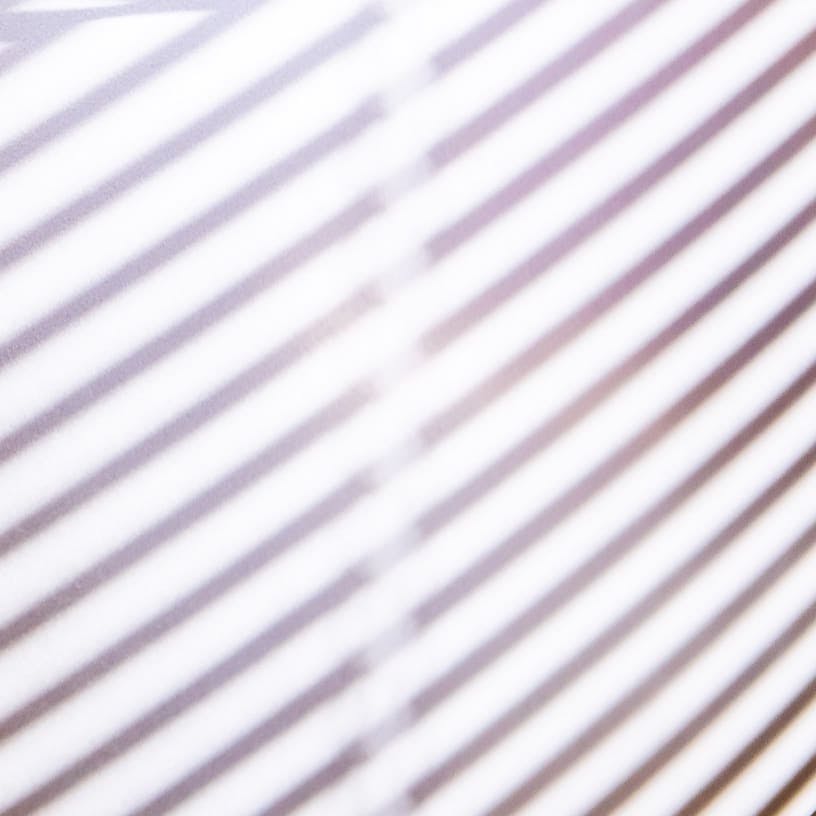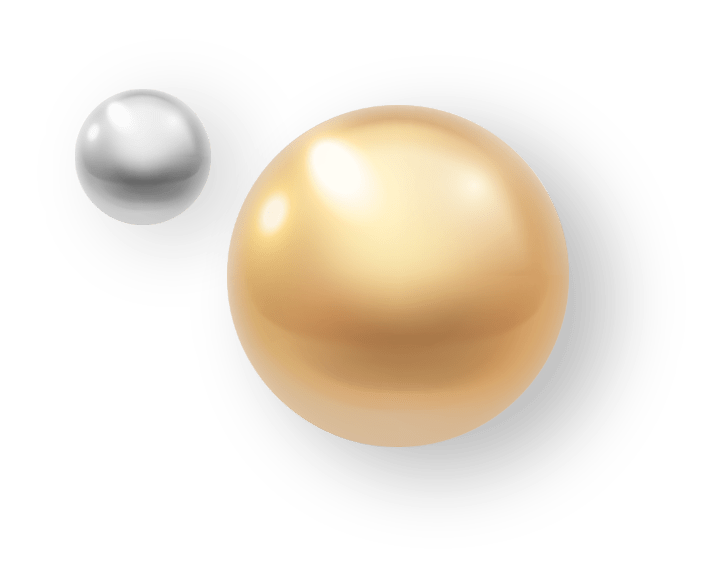At our renowned San Francisco breast augmentation office, our team offers Natrelle saline and silicone breast implants, manufactured by Allergan, as well as Sientra cohesive silicone gel breast implants, for women who wish to increase the size or volume of their breasts.
Empowering You to Make Informed Breast Augmentation Decisions
Women undergo breast augmentation surgery for a variety of reasons, such as to increase the size of naturally small breasts, correct asymmetrical or disproportionately sized breasts, add volume to breasts that have begun to sag, or repair breasts damaged by trauma or disease. Whatever your reason for considering breast augmentation surgery, it is important to be fully informed about your choices regarding implant type and size, incision technique, and implant placement. Our team is committed to helping each patient make the best choices to meet her personal appearance enhancement goals. Therefore we offer the following information for patient education.

The three types of implants
The two most popular types of implants on the market are saline and silicone. Both implant types consist of a silicone shell filled with either saline (a salt-water solution) or silicone gel. Each type of implant has its own distinct advantages. Saline implants are FDA approved for women 18 or older, whereas silicone implants are FDA approved for women 22 or older. A third type of implant known as cohesive gel or "gummy bear" implant has been available in many parts of the world for several years and recently received FDA approval for use in the United States. Our San Francisco plastic surgeon, Dr. Liu, will help you decide which implant type will help achieve your aesthetic goals.
Advantages of saline implants
One advantage of saline implants is that they can be filled after being placed in the body, which means they require smaller incisions than silicone implants. In addition, saline implants can be easily adjusted and precisely filled by the surgeon ensuring breast symmetry.
If a saline implant ruptures, the saline solution is absorbed harmlessly by the body, and the rupture is immediately apparent due to the sudden change in breast size. In addition, there is a lower infection rate associated with saline breast implants.
Advantages of silicone breast implants
The main advantage of silicone breast implants is their more natural look and feel to an actual breast. Many women consider this advantage a major factor in their decision — one that outweighs any potential disadvantages.
Something to consider with silicone implants is their higher price. In addition, their size cannot be adjusted after placement, so they require larger incisions.
Silicone implants also present greater risks associated with rupture. If a silicone implant ruptures, the gel remains in the breast area, making the rupture hard to detect. For this reason, it is recommended that women who receive silicone implants get MRIs at regular intervals. In addition, leaked silicone can cause local inflammations and can be difficult for the surgeon to remove from the body.
Breast implant placement locations
Breast implants can be placed either above the chest muscle (subglandular) or below the muscle (subpectoral). Our team typically uses a subpectoral placement in order to provide more natural-looking results. The best location option will depend on the patient's anatomy, existing breast tissue and skin elasticity as well as her aesthetic goals.










